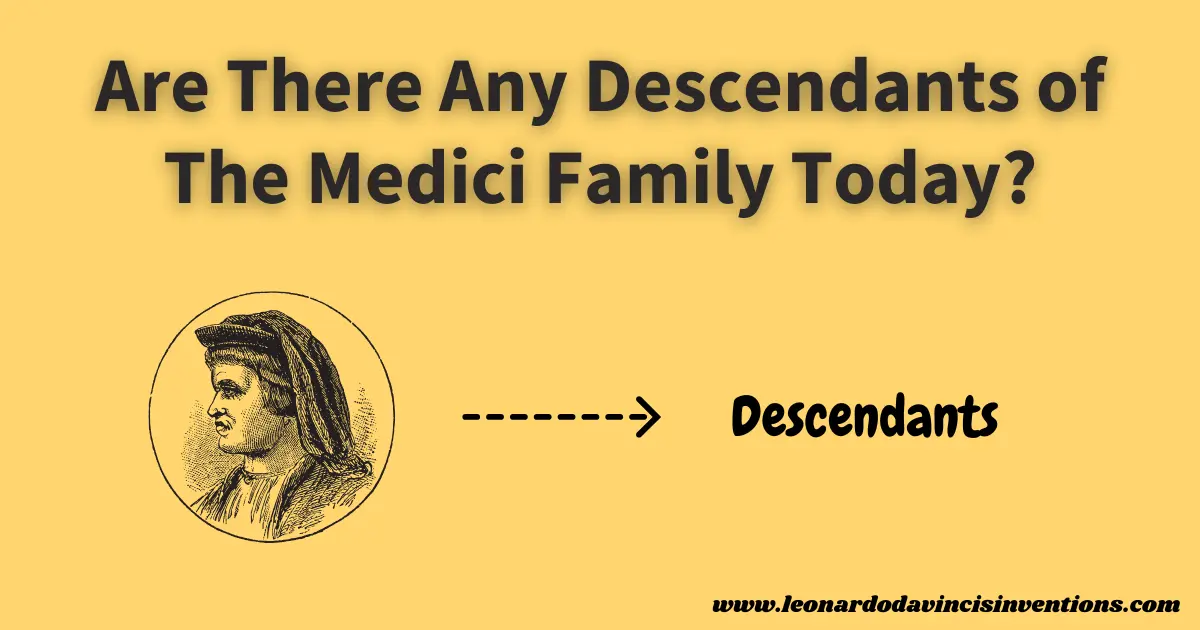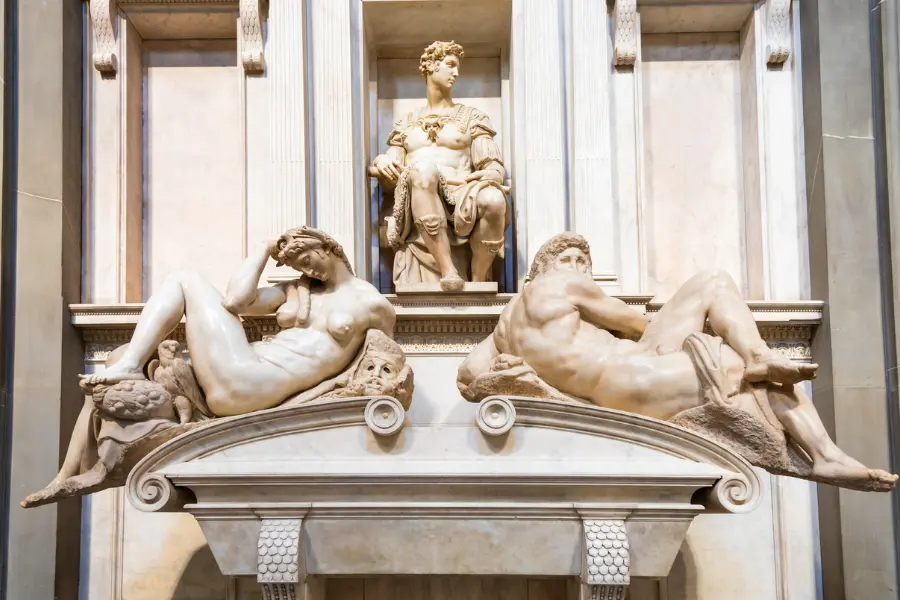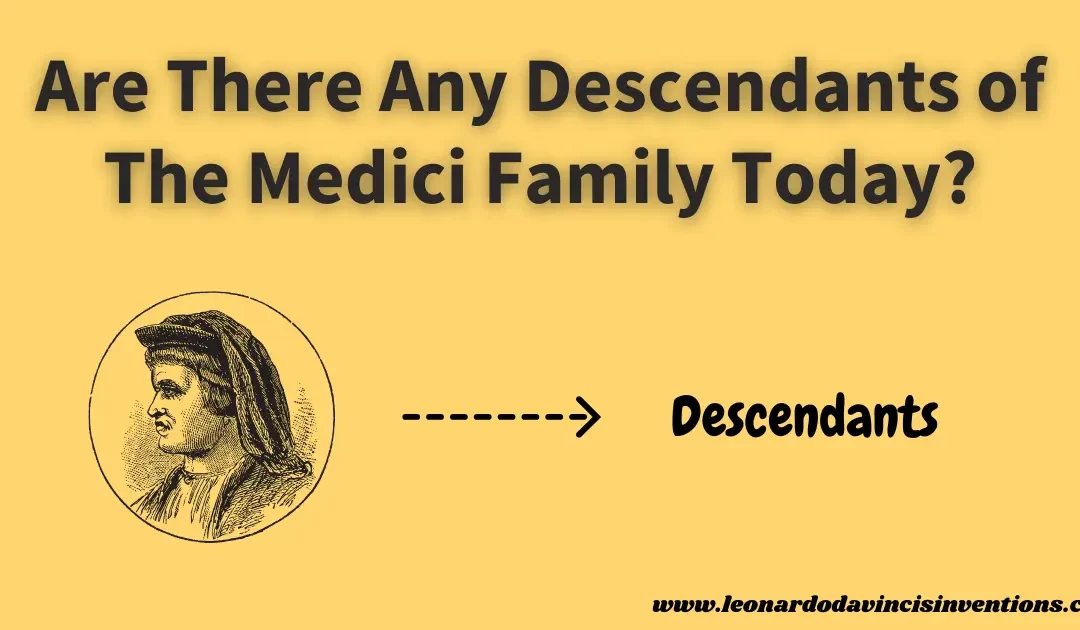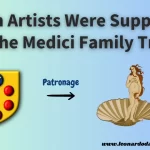
Medici family descendants have fascinated people interested in European history and noble families. Many wonder if living heirs remain, and what happened to the famous Medici bloodline.
Some descendants of the Medici family still exist today, although many are from indirect lines or families intermarried with the Medicis. The direct line from Lorenzo the Magnificent ended centuries ago, but families tied to the Medicis through marriage and distant relatives still carry on the name and heritage.
Individuals such as Prince Lorenzo de’ Medici claim a connection to this historic dynasty in the modern era. The story of the Medici line is filled with intrigue, power, and change.
The Rise and Legacy of the Medici Family in Florence
The Medici family built a powerful dynasty that shaped Florence and influenced much of Europe. Their work in banking, art patronage, and noble alliances helped define the Renaissance and left lasting marks on Italian culture and politics.
The Medici Family’s Influence on Renaissance Art and Patronage
The House of Medici became famous for its support of Renaissance artists. The family funded artists like Leonardo da Vinci, Michelangelo, Botticelli, and Donatello.
Their patronage led to masterpieces that filled Florence’s churches, palaces, and public spaces. Lorenzo de’ Medici, known as “the Magnificent,” was one of the most generous patrons.
He supported the Uffizi Gallery, which holds many artworks purchased or commissioned by the Medicis. Their investment in art helped turn Florence into the center of Renaissance culture.
The Medici funded architectural projects, like the Medici Chapel and improvements to the Florence Cathedral. Their commitment to the arts and learning created a unique cultural legacy that can still be seen in the city’s museums and buildings today.
Banking, Power, and Nobility: How the Medici Dynasty Shaped Tuscany
The Medici family gained power through its banking activities. During the 15th century, the Medici Bank became one of the largest in Europe.
Their financial influence gave them social and political power in Florence and Italy. With their wealth, the Medici secured roles as political leaders.
They became Dukes of Florence and later Grand Dukes of Tuscany. Their marriages often linked them to other royal families across Europe.
This extended their reach into European royalty and increased their family’s legitimacy. The Medici protected their commercial interests and supported many public projects.
Their control over the government helped them maintain power for centuries, until the extinction of the main family line.
The Medici Family Tree: Key Figures from Cosimo to Catherine de’ Medici
Cosimo de’ Medici founded the family’s political fortune. His grandson, Lorenzo the Magnificent, strengthened the Medici legacy through diplomacy, politics, and art patronage.
The Medici family tree includes rulers who led Florence as Dukes and Grand Dukes. Catherine de’ Medici, a descendant, became Queen of France and influenced French and Italian politics.
Another famous figure, Anna Maria Luisa de’ Medici, was the last direct heir. Through her inheritance and will, she protected the Medici art collections for Florence.
After Anna Maria Luisa’s death, the direct Medici line ended. However, branches like the Medici Ottajano still claim descent from the dynasty.
The Extinction of the Medici Bloodline: Fact or Myth?

The Medici family significantly influenced Florence, Tuscany, and beyond through their banking, political power, and patronage during the Renaissance. Many still wonder whether any descendants are alive or if the famous bloodline truly ended.
The Last Medici: Anna Maria Luisa and the End of the Line
Anna Maria Luisa de’ Medici is recognized as the last legitimate member of the House of Medici. She died in 1743, ending the direct line of the Grand Dukes of Tuscany.
She will leave the family’s entire art collection and treasures in Florence, keeping the Medici legacy alive in its museums and palaces. The Medici tombs in San Lorenzo’s Medici Chapel hold the remains of this once-powerful family, but their lineage through blood and title ceased with Anna Maria Luisa’s death.
Historical Records, Genealogy, and Claims of Modern Descendants
Genealogical research and documented ancestry show no legitimate male heirs survived after Anna Maria Luisa. Years of study into the Medici family genealogy and the broader family tree have failed to find a direct, provable descendant with rights to the family name, titles, or estates.
Modern claims, often based on distant marriages or rumored illegitimate children, lack solid documentation. No DNA study or genealogy project has shown clear evidence of a surviving male Medici descendant.
The official noble lines, titles, and inheritance passed to other dynasties, including the Habsburg-Lorraine rulers.
Family Extinction, Unproven Lineage, and False Claims Today
Despite the historical extinction of the main Medici bloodline, stories of family survival still circulate. Some individuals in Italy and abroad claim to be heirs to the Medici fortune or maintain distant family ties to the Medici, but these claims lack reliable evidence.
Most claims of modern Medici descendants are based on unproven lineage or confusion over common surnames in Florence. No recognized historian or institution considers any modern claimant legitimate.
Scholars widely accept the extinction of the Medici dynasty as a fact. It left behind only a lasting cultural impact, notable art patronage, and a rich political history, but no living heirs.
Are There Any Descendants of the Medici Family Today?
The Medici family shaped Florence and Tuscany during the Renaissance, but their direct bloodline ended centuries ago. Despite this, some individuals claim descent from the Medici dynasty, and their heritage continues to have a lasting influence on Italian culture, art, and genealogical research.
Documented Ancestry, DNA Evidence, and Modern-Day Heirs
Historical records indicate that the main branch of the House of Medici, which produced rulers such as Cosimo and Lorenzo the Magnificent, ended with Anna Maria Luisa in 1743. Extensive family trees, such as those found on Wikipedia’s Medici family tree, document the extinction of the direct male line.
Researchers have used genetic analysis of remains in the Medici tombs to confirm relationships. These biological studies only cover past generations, not living people.
No direct male heirs of the main Medici line exist today. Some claim to be modern-day Medici heirs, but most can be traced to indirect branches, other marriages, or unrelated families.
These claims lack solid DNA proof or historical documentation.
Claims of Descent, Surnames, and the Survival of the Medici Name
No direct descendants of the Medici family remain, but hundreds of individuals with the Medici surname still reside worldwide. Many families claim distant ties through marriages with European royalty or Tuscan nobility.
Sometimes, people assert inheritance rights or titles, but most are unproven. Media reports cover claimants like Prince Lorenzo de’ Medici, who describes himself as a descendant, but this comes from indirect lineage, not the prominent ruling family.
Surname survival does not equal the survival of noble titles, estates, or political influence. Most of the historic Medici fortunes and properties passed to the city of Florence or the state after the last true Grand Duke.
Medici Legacy in Florence: Cultural Impact, Art Collections, and Heritage
The Medici legacy thrives in Florence’s art, museums, and architecture. They funded masterworks at the Uffizi, Pitti Palace, and Florence Cathedral, helping create the city’s global fame.
The Medici family’s burial sites, such as the Medici Chapel, remain significant cultural landmarks. Their patronage of Renaissance artists, such as Michelangelo and Botticelli, significantly shaped European art history.
Millions visit Florence to witness the Medici’s lasting influence on Western culture and the Italian Renaissance. The Medici’s art collections are displayed in galleries and museums, reflecting the family’s support for creativity and cultural advancement.
Frequently Asked Questions
The Medici family profoundly influenced Italy and Europe in many ways. Their legacy includes art, politics, and links to other royal families.
Are there any living descendants of the Medici family?
There are no direct descendants from the main Medici line alive today. The family line ended in the 18th century with Anna Maria Luisa de’ Medici.
Some distant relatives may exist through other branches but are not part of the main line of descent.
Who inherited the Medici fortune?
Anna Maria Luisa de’ Medici held most of the Medici wealth last. When she died in 1743, she bequeathed the family’s art collection and properties to Florence, provided they remained there.
Who was the last heir of the Medici?
Anna Maria Luisa de’ Medici was the last direct heir. She ensured that the Medici treasures remained in Florence.
Why did the Medici bloodline end?
The main Medici bloodline ended because there were no surviving male heirs. Many of the last family members did not have children to continue the name.
How did the Medicis lose their money?
The family’s wealth declined due to mismanagement, poor financial management, and excessive spending. Political problems and a lack of heirs also contributed.
Are there any living descendants of Mary, Queen of Scots?
Mary, Queen of Scots, does have living descendants. Many European royal families can trace their heritage back to her.
Does the Medici house still exist?
Although the Medici family no longer rules, their palaces and art collections continue to play a significant role in Florence’s history.
How much would the Medici family be worth today?
It is challenging to estimate the family’s wealth today due to fluctuations in currency and the changing value of their art. At their peak, the Medici ranked among the wealthiest families in Europe.
Who is the current Prince Medici?
Some people, like Lorenzo de’ Medici, claim family ties, but no official Medici prince exists today. Articles profile modern claimants, but historians agree there is no direct succession from the historical Medici dynasty.
Who was the wealthiest family in Florence?
The Medici family was Florence’s wealthiest and most powerful family during the Renaissance.
They built their wealth through banking, commerce, and political influence.




 Leonardo Bianchi,
the creator of Leonardo da Vinci's Inventions.
Thank you for visiting
Leonardo Bianchi,
the creator of Leonardo da Vinci's Inventions.
Thank you for visiting